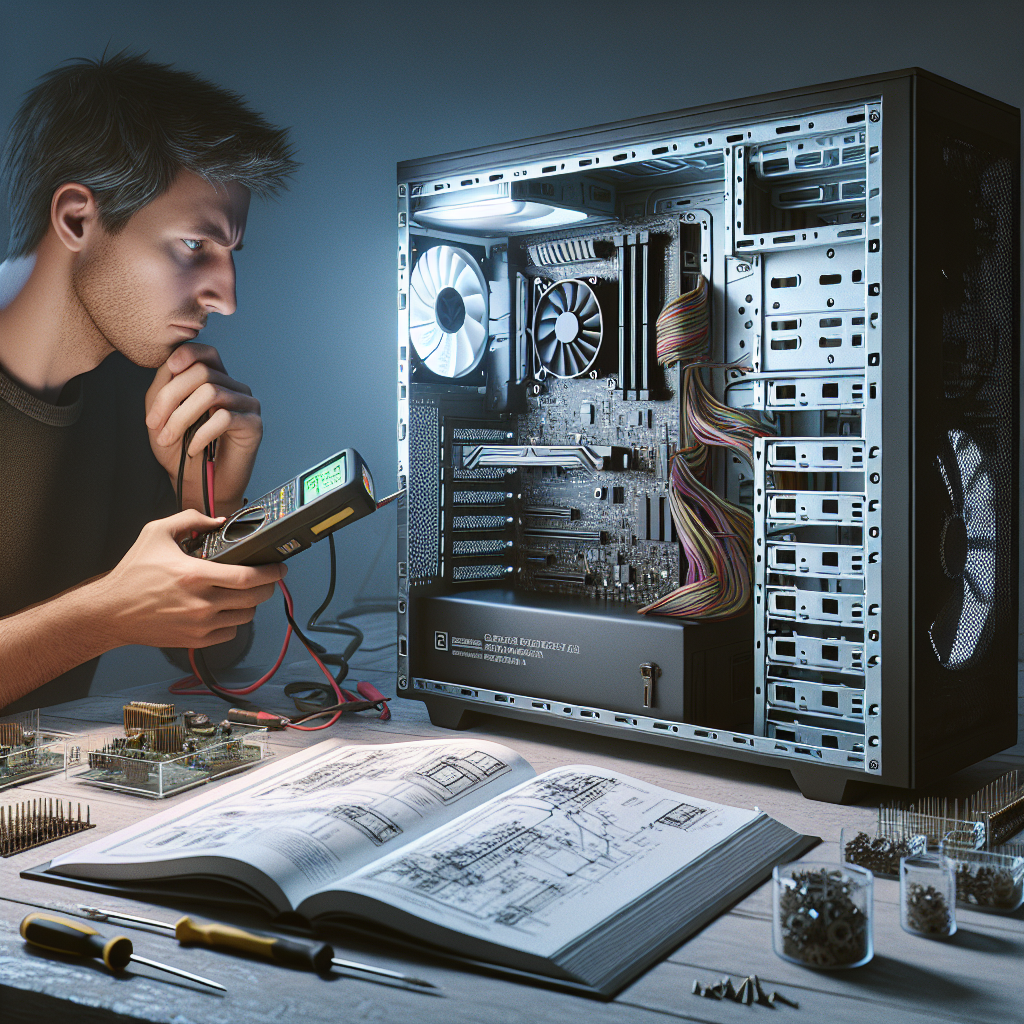Your cart is currently empty!
Troubleshooting Common Graphics Card Issues

Graphics cards are an essential component in any computer system, responsible for rendering images and videos on your monitor. However, like any other hardware component, graphics cards can encounter issues that may prevent them from functioning properly. In this article, we will discuss some common graphics card issues and how to troubleshoot them.
1. Display issues: One of the most common problems users encounter with their graphics card is display issues. This can manifest in various ways, such as a blank screen, flickering display, or distorted images. To troubleshoot display issues, start by checking the connection between the graphics card and the monitor. Make sure the cables are securely plugged in and not damaged. If the issue persists, try connecting the monitor to a different port on the graphics card or using a different cable.
2. Driver problems: Graphics card drivers are software that allows the operating system to communicate with the graphics card. If your graphics card is not functioning properly, outdated or corrupt drivers may be the culprit. To troubleshoot driver problems, first, check if your drivers are up to date. You can do this by visiting the manufacturer’s website and downloading the latest drivers for your graphics card. If updating the drivers does not resolve the issue, try uninstalling and reinstalling them.
3. Overheating: Graphics cards can generate a significant amount of heat, especially during intensive tasks such as gaming or video editing. Overheating can cause the graphics card to throttle performance or even shut down to prevent damage. To troubleshoot overheating issues, make sure your graphics card’s cooling system is working properly. Clean any dust or debris from the fans and heatsinks, and ensure that the airflow in your computer case is not blocked. You can also use software tools to monitor the temperature of your graphics card and adjust fan speeds if necessary.
4. Artifacting: Artifacting is a term used to describe visual glitches or distortions on the screen, such as strange colors, lines, or shapes. This can be caused by a variety of factors, including overheating, driver issues, or hardware defects. To troubleshoot artifacting issues, first, check the temperature of your graphics card and make sure it is within safe limits. If the temperature is not the problem, try updating your graphics card drivers or running diagnostic tools to check for hardware defects.
5. System crashes: If your computer is crashing or freezing while using graphics-intensive applications, the graphics card may be the culprit. System crashes can be caused by a variety of factors, including overheating, driver conflicts, or hardware issues. To troubleshoot system crashes, start by checking the temperature of your graphics card and ensuring it is properly cooled. Next, update your graphics card drivers and make sure they are compatible with your operating system. If the issue persists, you may need to test your graphics card in another system to determine if it is faulty.
In conclusion, graphics card issues can be frustrating, but with some troubleshooting and patience, you can often resolve them on your own. By following the steps outlined in this article, you can diagnose and fix common graphics card problems and get back to enjoying smooth and glitch-free visuals on your computer.

Leave a Reply